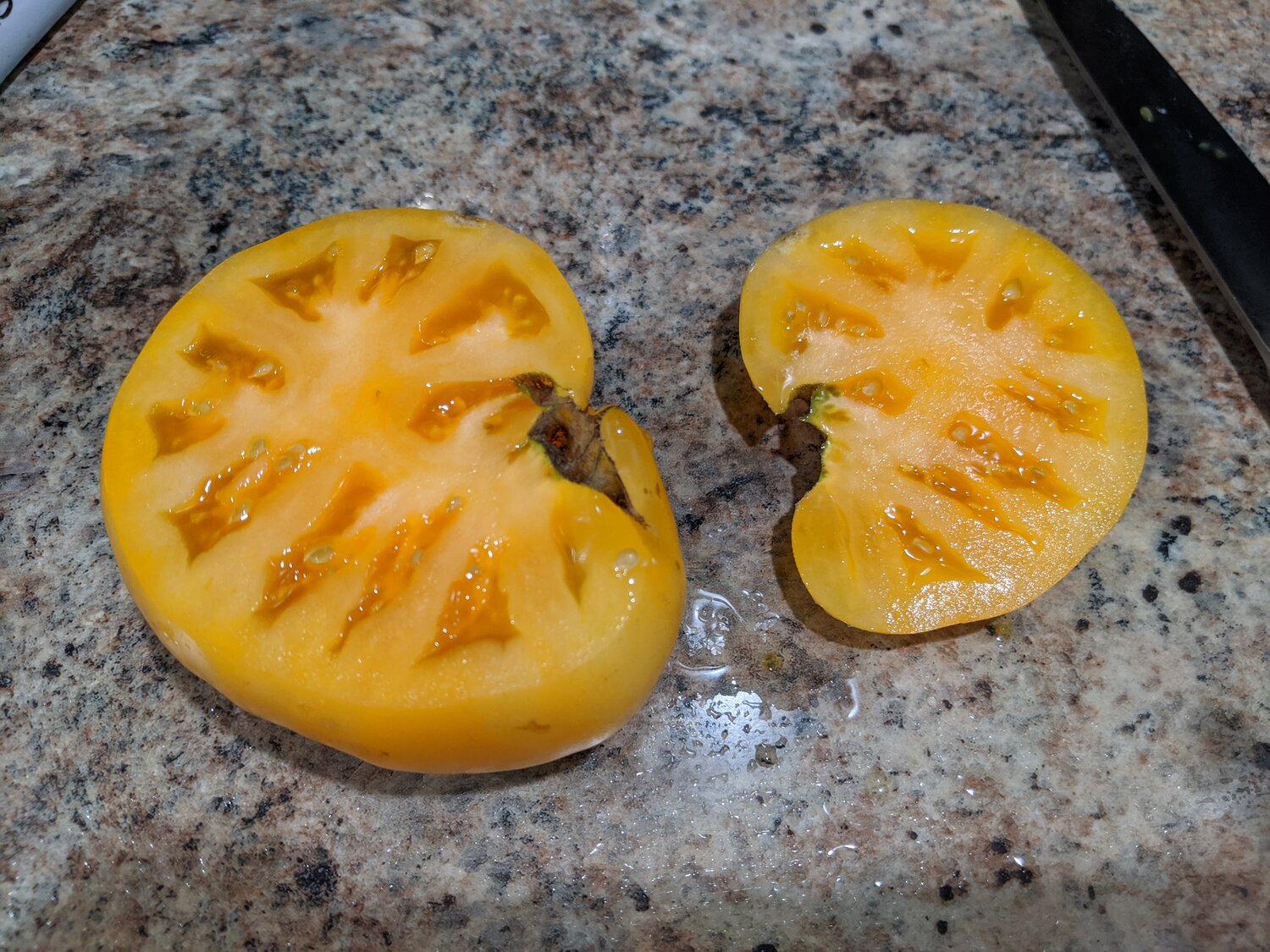Zeedman
Garden Master
Heard of it, but frankly I'm afraid to touch that project. I have enough irons in the fire already, and CHDRP strikes me as the tomato version of Pandora's Box.On the topic of dwarfs, has anybody tried any of the tomatoes from the Cross Hemisphere Dwarf Tomato Project?



